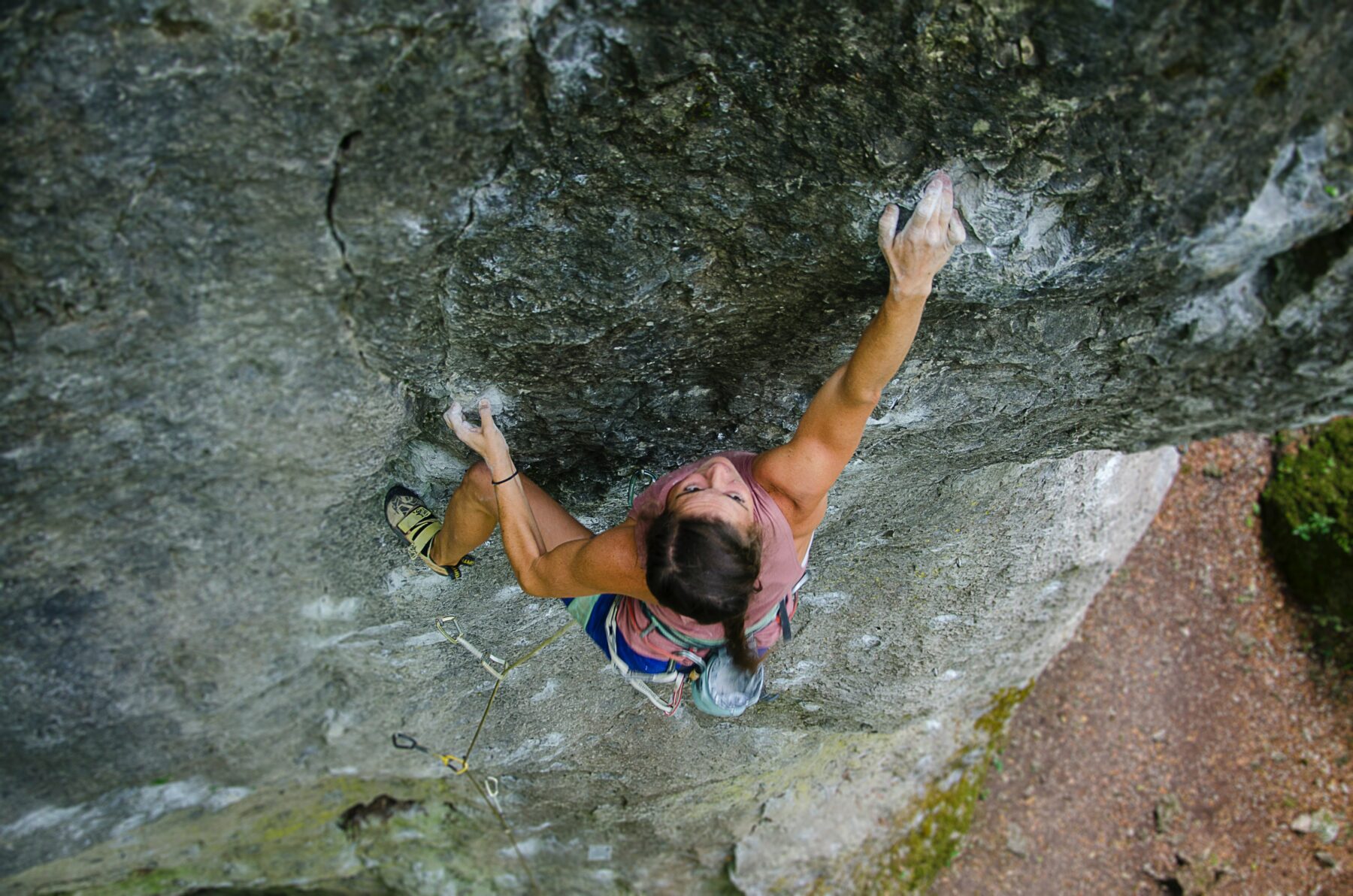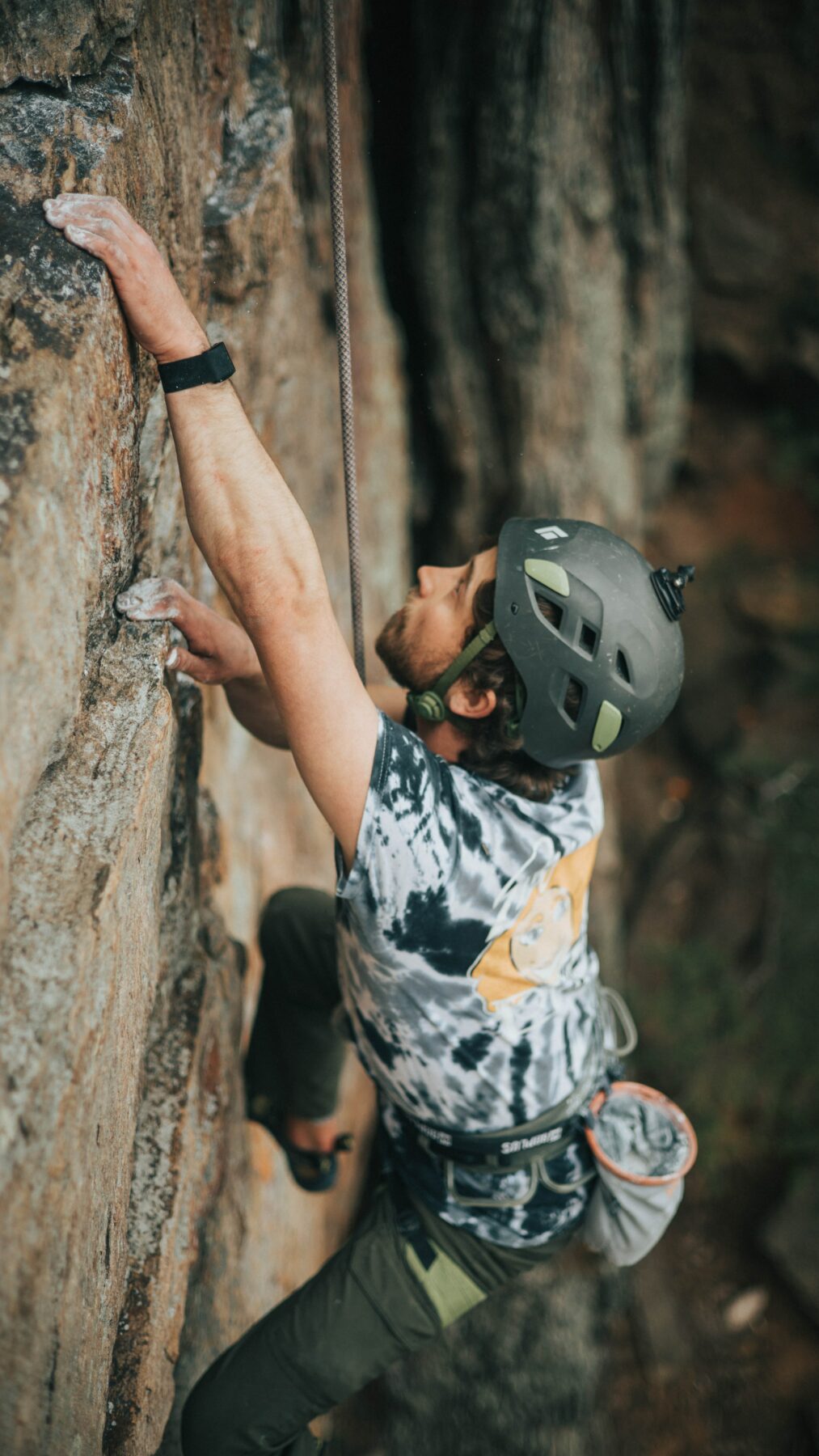A Rock Climber’s Guide to Finger Injuries

It’s a brisk morning pulling up to the parking lot at Reimer’s Ranch. You’ve got your climbing gear in tow as you meet your climbing crew. You approach o the crag, excited to tackle your climbing project. You look up at your project, visualizing the moves, mimicking the handholds like a mime and think to yourself, “Today is the day. Just stay present.”
You’ve rehearsed the moves, and it’s finally time to redpoint your climbing project, Mossotopia. You take the last sip of your coffee, tie your figure-eight knot, put your climbing shoes on, chalk up and start climbing. You finish the first section, reaching the top of the ledge where you can stand and rest. You feel strong and set your eyes on the first crux. You continue the climb and “POP!” You let go; something’s not right with your finger…
You get lowered down in defeat. The pain sets in, your finger starts swelling and the inevitable thought invades your mind, “How long will this put me out for?”
This is all too common a story I hear with the climbers I work with. The good news is that I treat climbers with these types of finger injuries all the time. The bad news is that these injuries happen far too often when a lot of them could be prevented. In this article, I’ll discuss how finger injuries occur and how to prevent them.

The Rundown on Finger Injuries
Finger injuries occur when you do something your finger isn’t prepared for. So how do you make sure your finger is prepared? It has everything to do with proprioception, which gets activated through your proprioceptors.
Key things to note are that proprioception is the self-awareness of your body. Oftentimes, it’s known as the “sixth sense.” Proprioceptors are neurons located in your muscles, tendons, ligaments and fascia (which is a connective tissue that runs throughout your body). In short, proprioception is how you know where your body is in space, and your proprioceptors tell your mind and body how to do so.
If you’ve ever seen someone take a sobriety test, one thing they do is close their eyes and touch their finger to their nose. The reason they know where their nose is without their eyes open is through proprioception, and their proprioceptors get activated when they move their finger to touch their nose.
How do you make sure your proprioceptors are properly functioning? Since so many of your proprioceptors are found in your fascia, the best way to get them activated is through movement.
Train For Movement
Climbing is a sport about movement, and movement happens through three planes of motion: sagittal (forward and backward), coronal (side-to-side) and transverse (twisting and rotating).
The biggest problem I encounter when working with climbers is that they strictly train in the sagittal plane when climbing is primarily a sport that uses the coronal and transverse planes. Because there’s a rock wall that prevents you from going straight forward, climbers must maneuver their bodies side-to-side and twist to climb the wall. However, most training programs only incorporate exercises that have climbers moving forward and backward.
If you only exercise your fingers in the sagittal plane but climbing requires you to withstand forces through your fingers in the coronal and transverse planes, what chances do your fingers have of preventing injuries? Not very high.
If you’re an experienced climber and the previous paragraphs make sense as to why you struggle with finger injuries, there are exercises you can do to train well. And if you’re a newer climber who hasn’t dealt with finger injuries, learn from the mistakes of others and take care of your fingers early. It’s worth the effort to practice injury-prevention habits so you don’t have to deal with injuries in the future. Your future self will thank you for it.
Happy climbing!
About the Author
As a physical therapist who specializes in rock climbing injuries, Quang (Unu) Tran PT, DPT, FAFS has come across many climbers struggling with finger injuries. He knew he needed to help climbers before they injured their fingers, so he developed his own finger exercises to help keep climbers’ fingers healthy. You can get them for free at https://www.completeclimber.com/fix-your-finger-pain.






